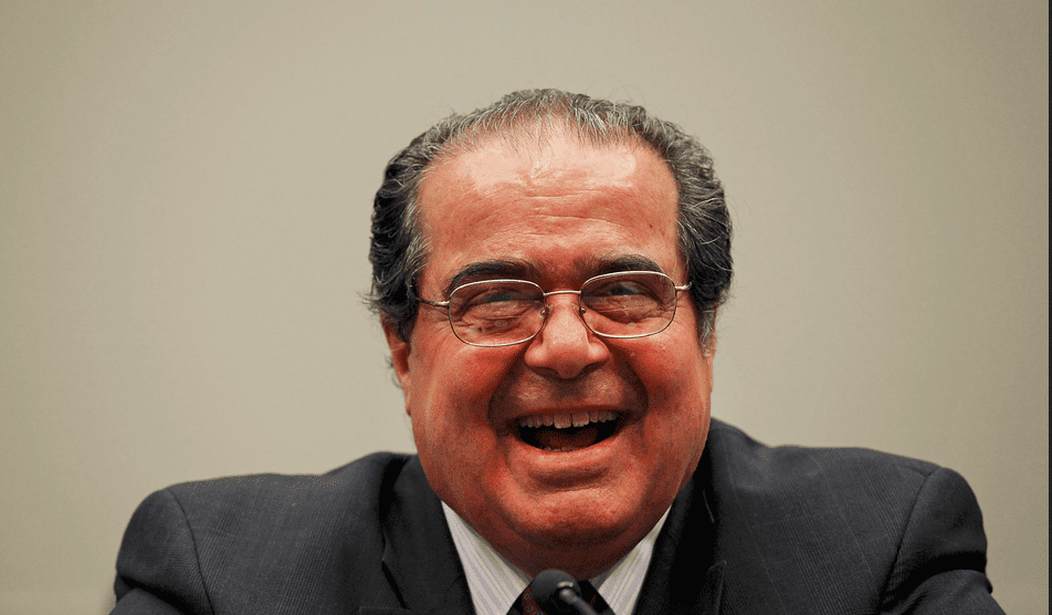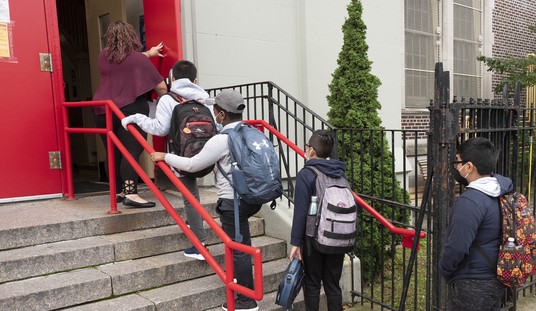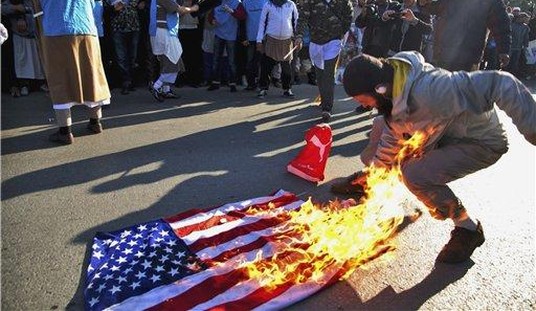Defenders of racial preferences are good at two things: ignoring the real-world consequences of their policies, and attacking anyone who notices the consequences.
At the recent argument in Fisher v. University of Texas at Austin, Justice Scalia asked a question that illustrated that the victims of racial preferences in college admissions include not only the people denied admission because they are not the preferred race, but also the people preferences are designed to help.
At oral argument, Justice Scalia said:
There are those who contend that it does not benefit African-Americans to get them into the University of Texas where they do not do well, as opposed to having them go to a less-advanced school, a slower-track school where they do well. One of the briefs pointed out that most of the black scientists in this country don’t come from schools like the University of Texas.
Justice Scalia pointed out something known as “mismatch.” It is the common-sense notion that if you are admitted to a school where you would not have been accepted except for your skin color, you might not do as well as the other students who were admitted on credentials alone.
Mismatch is an outcome consistent with life. Were I to be handed a slot in the 2016 Masters, I would finish in last place by dozens of strokes.
If common sense alone isn’t good enough, data support the mismatch theory. Gail Heriot details some of the research on the subject, and has her own paper published by the Heritage Foundation explaining mismatch in greater detail.
In essence, when applicants are thrown into a college or law school where they wouldn’t otherwise qualify, they do worse and drop out at greater rates. This means fewer, not more, minority doctors, lawyers, and engineers. Mismatch also conveniently creates a culture of grievance on campus, where a segment of the student population struggles in substantial part because of racial preferences.
That Justice Scalia mentioned this troublesome fact caused the racial grievance industry to become unhinged. They did what they do whenever someone questions the policy of government treating people differently because of the color of their skin: they attacked. As my friend Hans von Spakovsky (and co-author Elizabeth Slattery) noted:
The Left has whipped itself into a frenzy, but as these comments demonstrate, Scalia’s critics have deliberately missed the point. Rather than look into the research Scalia was citing, they have launched scurrilous and false claims of racism. It’s easier to engage in racial demagoguery than to address the problem head on, and Scalia highlighted a real problem — academic mismatch.
The often vulgar Paul Campos at Salon ran with this headline:
“Scalia’s raging hypocrisy: Encroaching senility, raging racism, or does he no longer give a f*ck?“
Chauncey Devega gets a two-fer at Salon by disparaging Justice Scalia and Donald Trump at the same time:
Is Justice Antonin Scalia auditioning for a job as Donald Trump’s ghostwriter?
Devega calls the data on mismatch “pseudo scientific racism.”
The racialist left like Devega and Campos cannot tolerate anyone questioning their orthodoxy, because there is too much money and power to be had by treating people differently based on skin color. Those who don’t want to hear about mismatch are too busy conducting diversity training consulting for major corporations and earning fat salaries at 501(c)(3) organizations sowing racial grievance on campus.
I am reminded of an odd gathering from when I attended law school at the University of South Carolina a quarter-century ago. Some of us began to notice that groups of first-year black law students would gather without fanfare at the school at night in classrooms. Teaching at the front of the classroom was a third-year white law student who was on the law review.
After some discreet inquiries, we came to learn these were race-based tutoring sessions provided by the University of South Carolina School of Law.
Whites need not apply for help, even if they wanted it.
The sessions were almost certainly illegal, and were likely a byproduct of the mismatch that Justice Scalia alluded to in the Supreme Court last week. The tutoring sessions were designed to overcome the effects of mismatch by helping these students get through a very demanding first year of law school. Naturally, those of us without the right skin color organized our own study sessions without the benefit of the government provided tutors.
Some might think that a state law school in South Carolina had a special obligation to enhance the crop of minority lawyers 25 years after the passage of the 1964 Civil Rights Act. Perhaps. But the mismatch created by race preferences were something the law school did not wish to be discussed, and something in 2015 many still don’t want to be discussed. The nasty reaction to Justice Scalia demonstrates how damaging the truth can be to years of treating people differently because of their race.











Join the conversation as a VIP Member